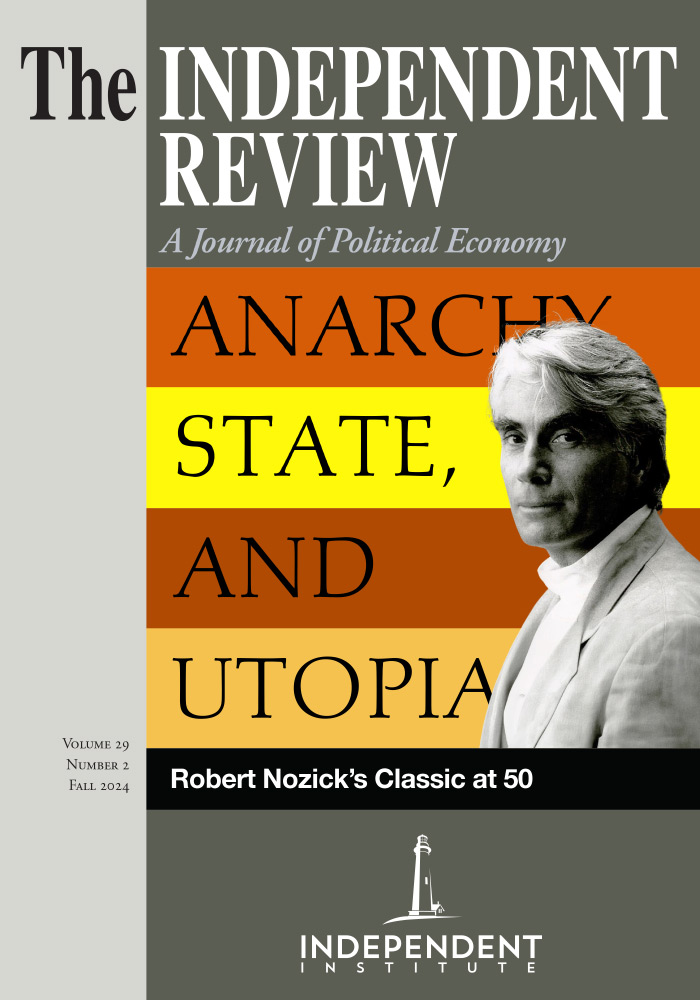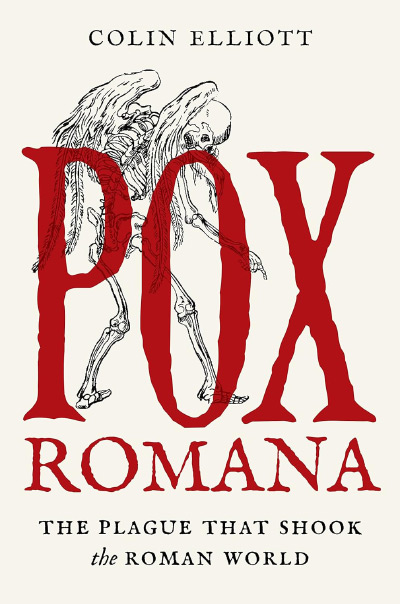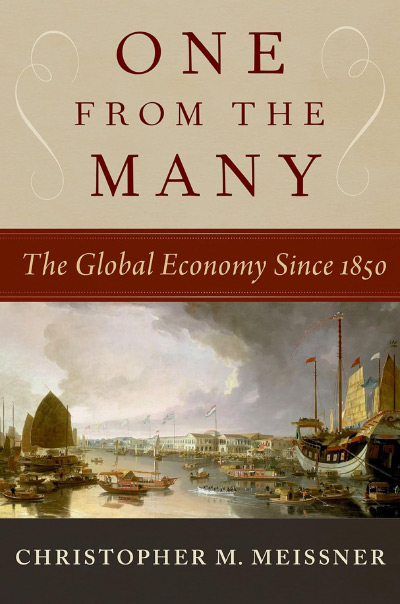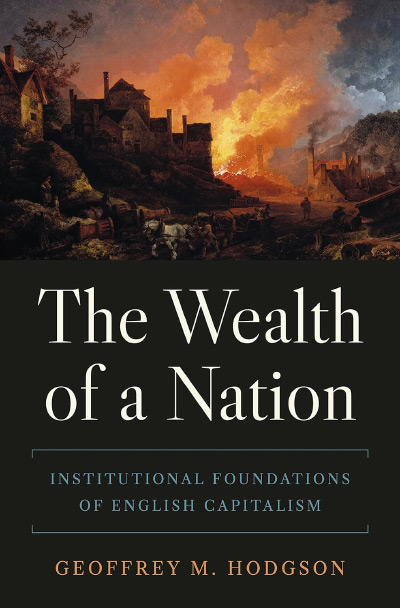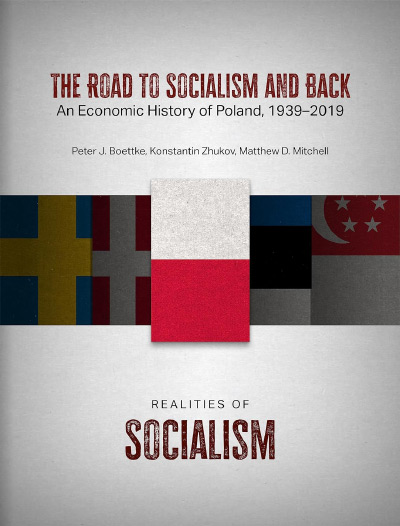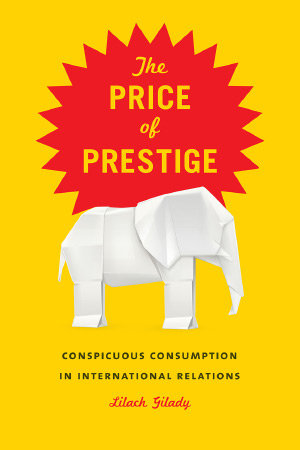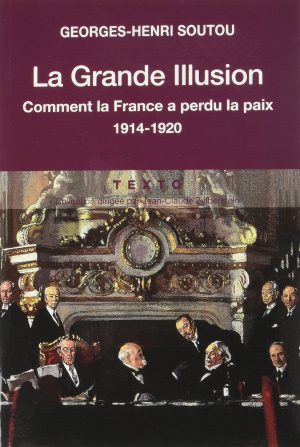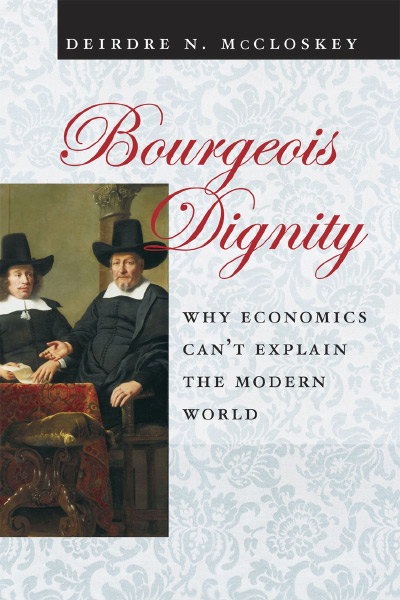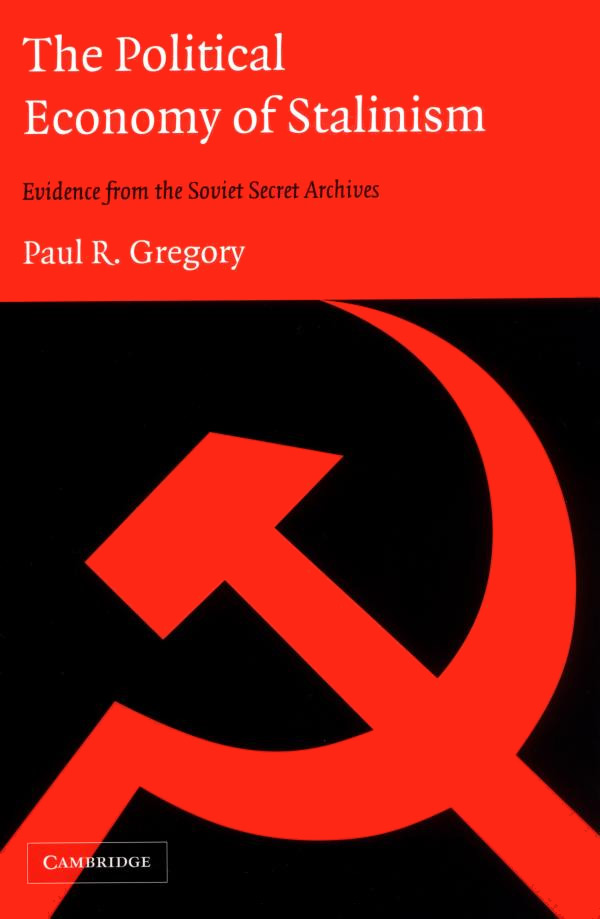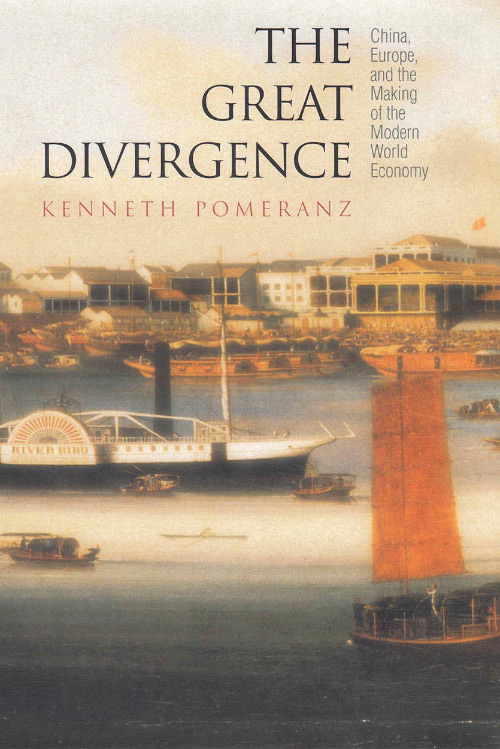Colin Elliott sets a daunting task in Pox Romana. He seeks to examine the interactions between Roman institutions and the so-called Antonine plague, c. 165 AD. The central problem, as Elliott explores, is that the historical record is hardly up to the task of clarifying such interactions or whether there was an epidemic at all. Despite such challenges, Pox Romana is a fascinating treatment of what we think we know about this period, if only because it shows the care Elliott gives to the evidence and his humility in drawing inferences. Pox Romana is an invitation to collaborate in the construction of plausible stories about the Antonine plague based on murky and incomplete data.
The series editor, Barry Strauss, notes Elliott’s book is a historical detective novel of the first order. But why is the historical record so clouded? It is not just because there are few surviving records from Ancient Rome between 100 and 200 AD. More importantly, the authors of surviving records are biased, mistaken, or hyperbolic. Some historians make no mention of the epidemic, believing it did not happen or that it was insignificant relative to other maladies. All these factors complicate Elliott’s puzzle, a metaphor he uses to describe the project—imagine you have a puzzle box with 1) missing pieces and 2) pieces to other puzzles.
To sort through these puzzles, Elliott relies on an interdisciplinary reading of Roman history. First, Elliott refines a complex social epidemiology about the plague to explain why the disease might have been more likely to spread in Rome. There are myriad factors that influence the spread of diseases like plague and/or smallpox in human societies, from nutrition and sanitation to how people interact, and from how people build their homes to how they might impose rules to encourage disease prevention. Romans suffered these conditions in spades. Overall, Elliott places the blame on the conditions that encouraged people to gather in large numbers, e.g., famines that led to protests, large-scale troop movements. Such factors might be proximate causes of plague, whereas the poor state of sanitation and water supplies, elite-controlled grain distribution systems, and/or sickly migrants escaping famine throughout the empire are distal causes.
In one vivid section on the production of waste in more densely populated areas of Rome, Elliott states, “The ancient city’s bustling winepress went to work—trudging the rotten food, blood, urine, feces, vomit, insects, rodents, bacteria, and all other forms of waste into an ever-present coating of sludge that glommed onto any who ventured outside” (p. 8). While perhaps hyperbolic, the point is that the lack of sanitation did little to improve public health. Formal rules prohibiting defecation or the dumping of bodies were often unenforced; local officials often used crises for their own gain; and sewers were prone to flooding.
Moreover, Elliott’s discussion of aqueducts, the provision of water, and the availability of grain indicates fundamental allocation problems. Given that the Roman state controlled access to these goods, knowledge and incentive problems are apparent. For example, the emperor reserved about 20 percent of the available supply for his own use, he distributed 40 percent to patrons, and the remaining 40 percent varied in quality as it caused lead poisoning and/or diarrhea. It seems local governments throughout the empire faced a kind of moral hazard problem whereby they expected the increasingly centralized state to cover deficits, which further encouraged profligacy. The town council of Nicomedia, for example, spent millions of sesterces on an aqueduct project that was never completed. Similar knowledge and incentive problems plagued the distribution of foods like grain, which left people more susceptible to negative supply shocks. For example, Elliott states, “As gradual changes in the climate induced stress, especially in the capital, officials reacted in line with their imperialistic frame of reference—expanding coercive measures in the vain hope of solving a complex set of problems that they didn’t truly understand” (p. 41). Political motivations and “pure political bribery” (p. 48) led to a “throttling” (p. 51) of grain supplies and formed the kindling wood for the fire of plague.
Another mechanism speaks to the links Elliott tries to connect. In this case, basic tax avoidance behaviors encouraged the production of inferior quality grains—less nutritious grain—which encouraged malnutrition in Rome. That is, as Roman officials demanded more from farmers in terms of grain supplies, farmers—who also wanted to survive over periods with uncertain food supplies—gave their “worst-quality” wheat or they weighted their supplies with water, which caused rotting after inspection (p. 45).
After referencing Friedrich Hayek and the knowledge problems involved with the state-led grain distribution, Elliott quotes Pliny the Younger, which nicely demonstrates how ignorant Roman rulers were of how market systems and prices allocate scarce resources: “We are blessed with a prince who could switch earth’s bounty here and there, as occasion and necessity require, bringing aid and nourishment to a nation cut off by the sea as if its people were numbered among the humbler citizens of Rome!” (p. 52). With reference to maritime trade between Rome and Egypt, such knowledge problems were exacerbated as the Roman state “picked winners” and facilitated the monopolization of grain production, which left food supplies even more susceptible to negative weather shocks.
While Elliott refers to the people’s responses as angst, they also indicate rational behavior, given their knowledge of how germs and diseases spread. That is, people believed these responses were appropriate means to limit the spread of plague. Many wealthy individuals fled to their countryside villas, and doctors prescribed all manner of remedies, from dubious concoctions to the use of urine. Many people also resorted to wearing amulets, prayer, and/or fled to temples honoring gods like Apollo. Rituals, some more peculiar than others, were also used. People in Marseille, for example, believed funding the meals of a beggar for one year, parading him around town to be yelled at, and throwing him from the city would help fend off plague. There are also accounts of stoning, the burning of black-haired animals, cleaning buildings, and building statues to Artemis as preventative measures.
One substantive critique rests not with Elliott’s treatment of plague or his reading of Roman history, but with the nature of social epidemiology—one of Elliott’s analytical lenses. If there are many proximate and distal causes of epidemics, it is hard to see which factors are not relevant. Thus, if everything might be a relevant factor, one can make any argument one pleases. Rather, there are many valid arguments. Normally this requires additional evidence to sort through competing claims, but such evidence is lacking here. While the general claims about the nature and causes of plague and their effects are still debatable, Elliott’s descriptions and discussions about individual behaviors is more intelligible and entertaining.
Elliott urges scholars to redouble their efforts to understand past experiences with plagues as they might help us better understand current and future plagues. Unfortunately, this message informed by Roman plagues is not as clear as Elliott might want. In response to uncertainty about prevalence rates and/or human behaviors, and complexity as in market systems, there is much we will not be able to know during epidemics. We might still see people clutching for totems, regardless of their knowledge of past outbreaks and regardless of the state of science.
Moreover, such analytical approaches to epidemics might encourage policies that make matters worse. If individuals are helpless on their own because of the myriad social factors of disease, it might make sense to call for some higher, often governmental, authority. Political actors might use such approaches as fodder for their own ends—like they did in the Roman Empire—regardless of their effects on public health. Alternatively, we can also recognize the importance of decentralized systems of allocating resources, like markets, which help people to husband resources in times of scarcity and reserve them in times of plenty. Such systems, not rulers or public health officials, help limit the damages of epidemics. Markets often alleviate food shortages, which would have prevented the hunger and protests Elliott indicates led to plague. Recent scholarship is providing more and more evidence, albeit unrelated to the Roman Empire, that people in market economies fare better after epidemics (see, for example, Vincent Geloso and Jamie Bologna-Pavlik, “Economic Freedom and the Economic Consequences of the 1918 Pandemic,” Contemporary Economic Policy, 2021, 39: 255–263; Vincent Geloso and Rosolino Candela, “Economic Freedom, Pandemics, and Robust Political Economy,” Southern Economic Journal, 2021, 87: 1250–1266; and Vincent Geloso, Kelly Hyde, and Ilia Murtazashvili (“Pandemics, Economic Freedom, and Institutional Tradeoffs,” European Journal of Law and Economics, 2022.54: 37–61).
Elliott does not clarify these kinds of issues, as they are not relevant to his study. It seems likely, however, that the Romans would have fared better during their plagues if Roman leaders had loosened their reins on grain, water, labor, and housing markets and allowed them to flourish.
| Other Independent Review articles by Byron B. Carson III | ||
| Winter 2023/24 | Questioning the Entrepreneurial State: Status-quo, Pitfalls, and the Need for Credible Innovation Policy | |
| Fall 2022 | Pandemia: How Coronavirus Hysteria Took over Our Government, Rights, and Lives | |
| Summer 2021 | American Contagions: Epidemics and the Law from Smallpox to COVID-19 | |
| [View All (4)] | ||

